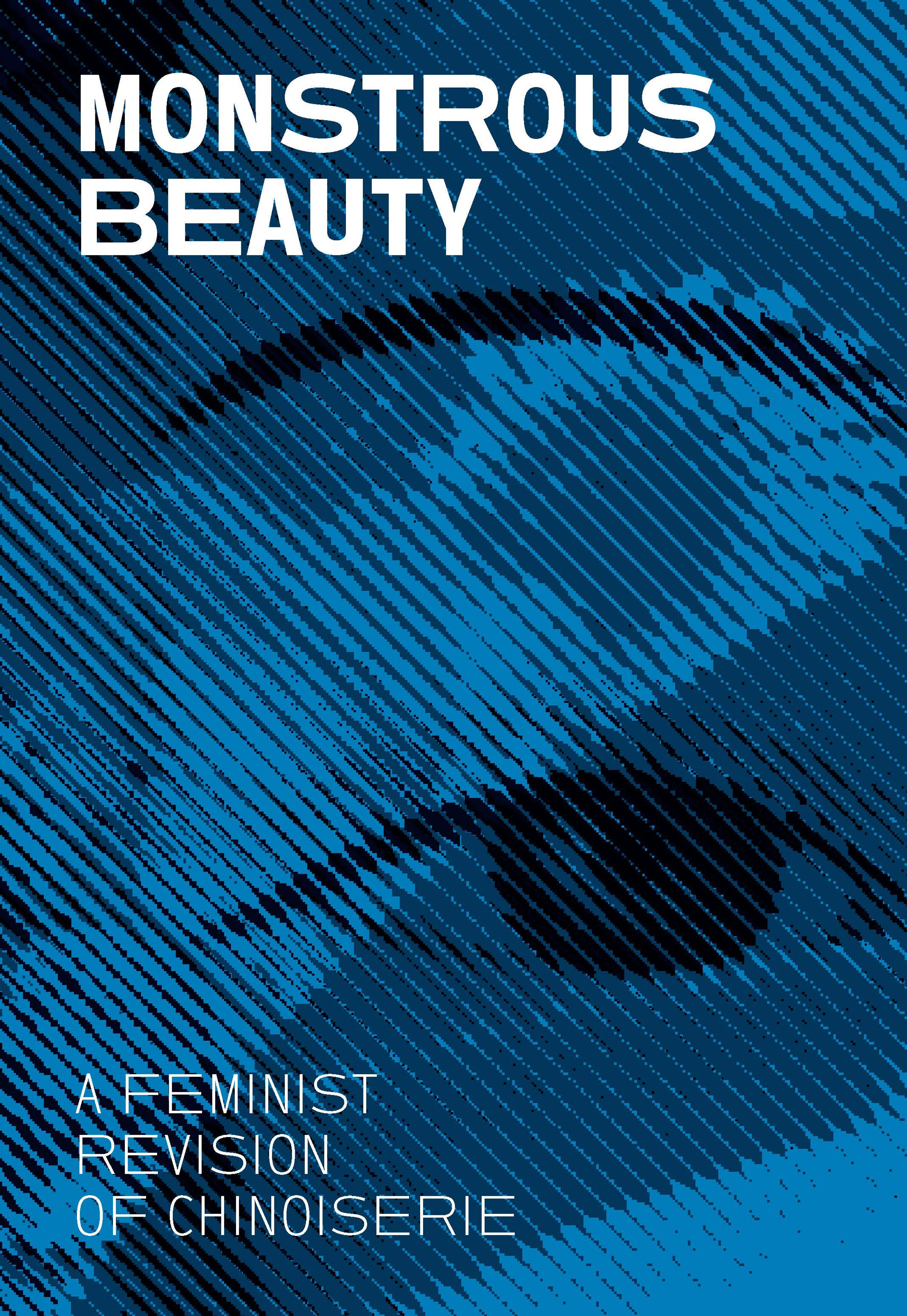Ewer (Brocca)
The porcelain made at the Medici workshops in Florence was the first to be produced in Europe. Francesco I de’Medici (1541–1587) established a ceramic workshop in the 1560s with the intention of imitation Chinese blue-and-white porcelain. It took approximately ten years of experimentation before the workshop could manufacture the type of porcelain known as soft-paste. While so-called Medici porcelain lacks the ingredients that comprise hard-paste porcelain as made by the Chinese the Medici potters were able to craft a fine white ceramic body with cobalt decoration that represented an outstanding technical achievement for its time. Technically difficult and expensive to make, Medici porcelain was produced in very small quantities, and manufacture is believed to have ceased, or at least significantly diminished with the death of Francesco in 1587. Only fifty-nine pieces of Medici porcelain are known to have survive, of which one-tenth reside in the Museum's collection.
Artwork Details
- Title: Ewer (Brocca)
- Manufactory: Medici Porcelain Manufactory (Italian, Florence, ca. 1575–ca. 1587)
- Date: ca. 1575–80
- Culture: Italian, Florence
- Medium: Soft-paste porcelain
- Dimensions: Height: 11 5/8 in. (29.5 cm)
- Classification: Ceramics-Porcelain
- Credit Line: Gift of J. Pierpont Morgan, 1917
- Object Number: 17.190.2046
- Curatorial Department: European Sculpture and Decorative Arts
More Artwork
Research Resources
The Met provides unparalleled resources for research and welcomes an international community of students and scholars. The Met's Open Access API is where creators and researchers can connect to the The Met collection. Open Access data and public domain images are available for unrestricted commercial and noncommercial use without permission or fee.
To request images under copyright and other restrictions, please use this Image Request form.
Feedback
We continue to research and examine historical and cultural context for objects in The Met collection. If you have comments or questions about this object record, please complete and submit this form. The Museum looks forward to receiving your comments.
